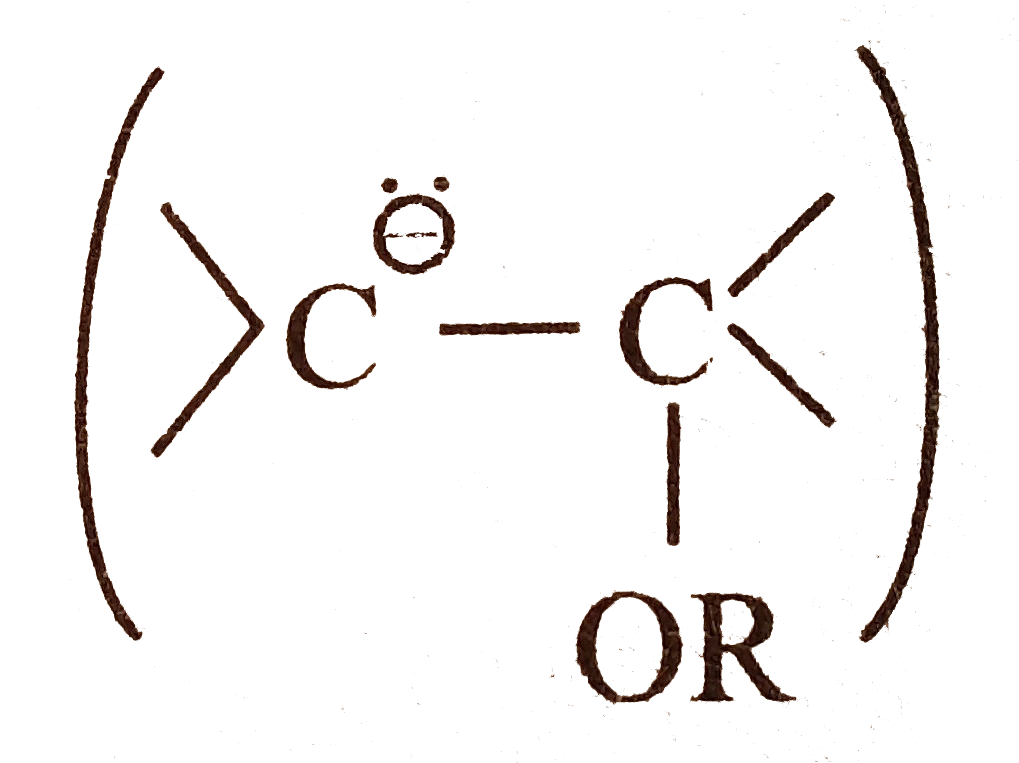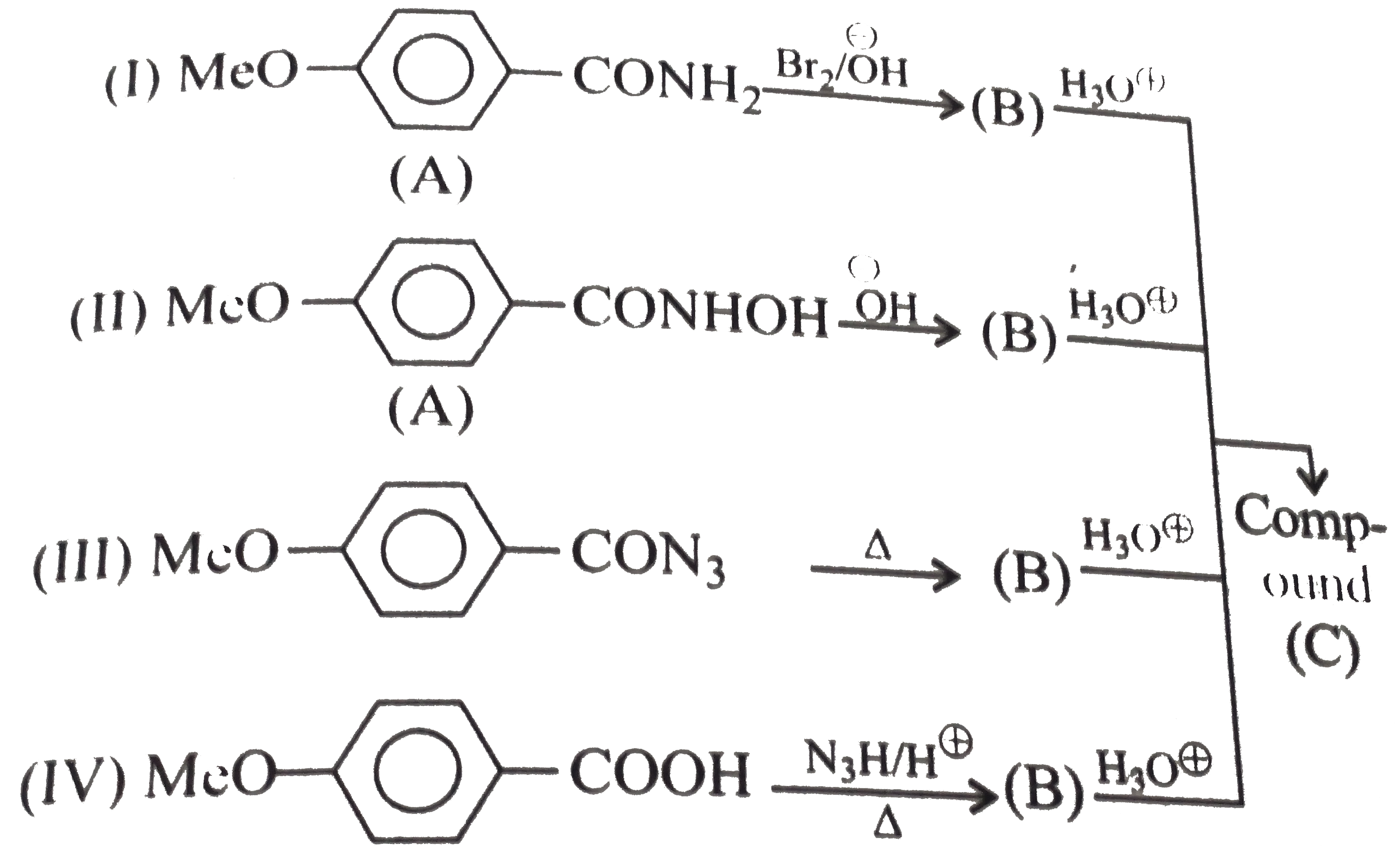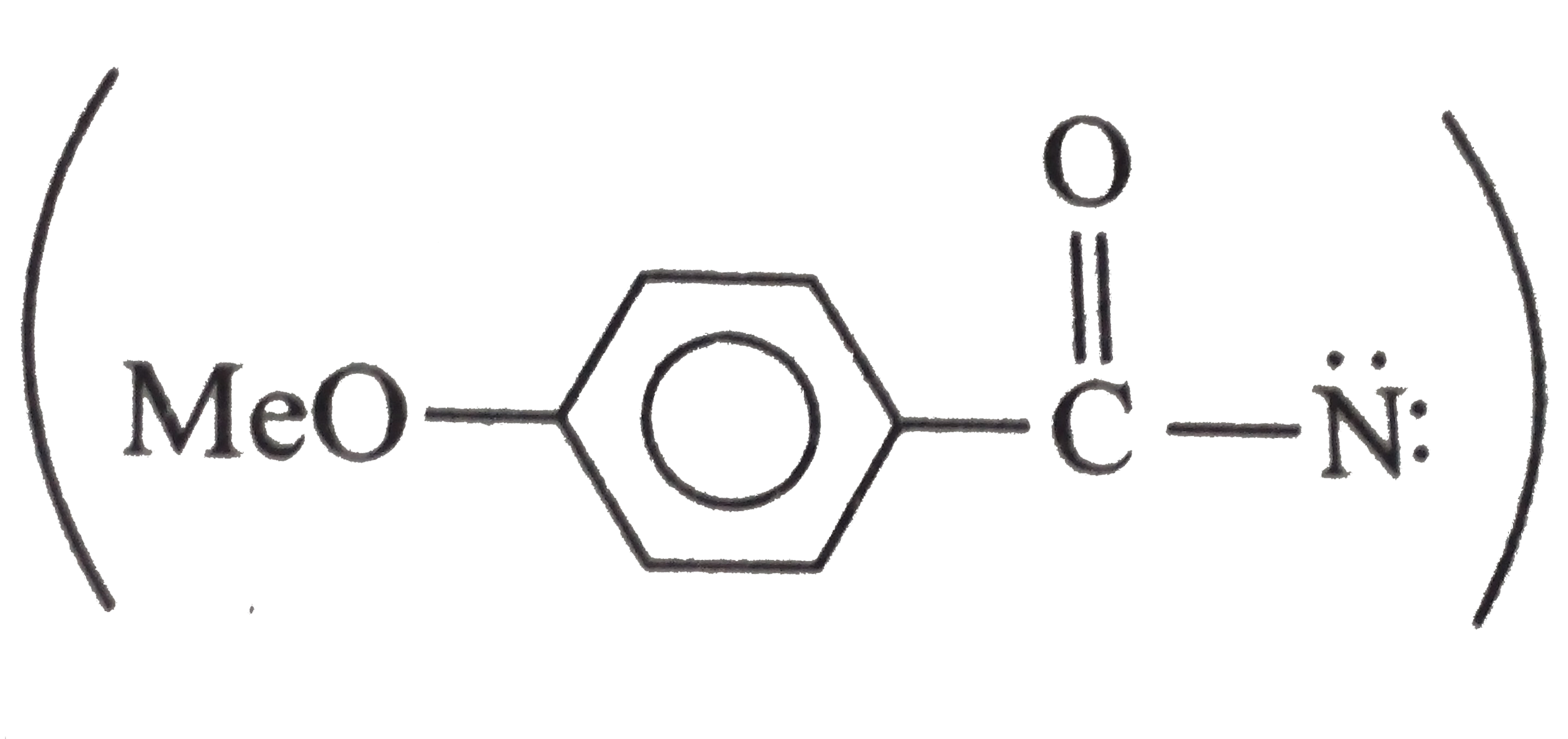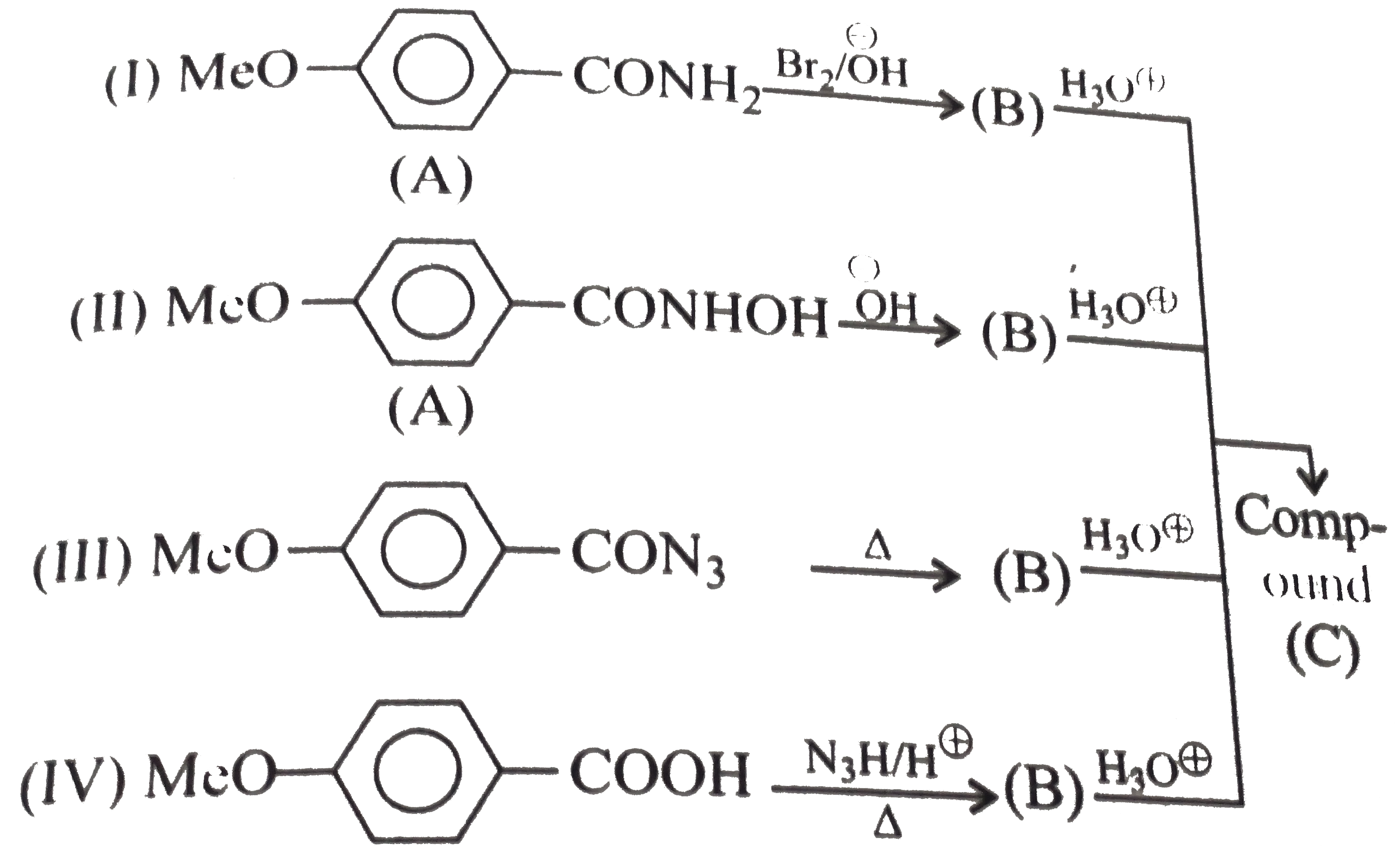Which statement is/are wrong about the interconversion of trans and isomeric alkenes by ultraviiolet radiation with a suitable photosensitiser ?

radiation provides energy to excit into an anti bonding molecular orbital momentarily breaking the bond.
Rotation about the single bond of either excited or trans molecule gives a common non planar intermediat. When the returns to the ground state, the bond reforms and the same mixture of the two geometric isomers results from either starting isomer.
Because the rate of return from the common intermediat to the cis ground state is faster , the predominates even though is has the higher energy. The product ratio is kinetically controlled and not thermodynamically controlled.
Because the rate of return from the common intermediate to the trand ground state is faster, the trans predominates and has lesser energy. The product ratio is thermodynamically controlled and not kinetically controlled.
The correct Answer is:d.
Topper's Solved these Questions
- ALKENES AND ALKADIENESBOOK - CENGAGE CHEMISTRYCHAPTER - ALKENES AND ALKADIENESEXERCISE - Single Correct Answer Type
62 Videos
- ALKENES AND ALKADIENESBOOK - CENGAGE CHEMISTRYCHAPTER - ALKENES AND ALKADIENESEXERCISE - Archives(ASSERTION-REASIOING)
4 Videos
- ALKENES AND ALKADIENESBOOK - CENGAGE CHEMISTRYCHAPTER - ALKENES AND ALKADIENESEXERCISE - linked Comprehension Type
38 Videos
- ALKANES AND CYCLOALKANESBOOK - CENGAGE CHEMISTRYCHAPTER - ALKANES AND CYCLOALKANESEXERCISE - Archives
13 Videos
- ALKYNESBOOK - CENGAGE CHEMISTRYCHAPTER - ALKYNESEXERCISE - Exercises (Archives - Analytical and Desriptive Type)
4 Videos
Similar Questions
Knowledge Check
Which statements is wrong about enantioners?
AThey rotate PPL to different directionBNormally they posses same physical propertiesCThe shape of ther crystals are sameDTheir chemical properties are same.Which statements is/are correct about the conformer of cis and trans 1,1,3,5-tertramethyl cyclohexane ?
A(a) cis isomer is more stable than trans isomer.B(b) trans isomer is more stable than cis isomer.C(c) There are two 1,3-Me/H diaxial interactions in cis isomer.D(d) There are two 1,3-Me/H and one 1,3-Me/Me diaxial interaction in trans isomer.Which of the statements are WRONG about the nucleophilic addition reaction of alkenes and alkynes?
AAddition of nucleophile (RӨO) to alkene gives an alkyl carbanion whose negative charge is on the sp3-hydridised C atom.BAddition of nucleophile (RӨO) ot an alkyne gives a vinyl carbanion
whose negative charge is on the sp3-hydridised C atom.BAddition of nucleophile (RӨO) ot an alkyne gives a vinyl carbanion whose negative charge is on the sp2-hybridised C atom. Due to more s character, it is readily formed and more stable than alkyl carbanion formed with alkenes. So alkynes are more reactive than alkenes towards NA reaction.CStrong electron-withdrawing inductive effect (−I) further stabilises both vinyl and alkyl carbanion.DStrong electron-donating inductive effect (+I) further stabilises both vinyl and alkyl carbanion.
whose negative charge is on the sp2-hybridised C atom. Due to more s character, it is readily formed and more stable than alkyl carbanion formed with alkenes. So alkynes are more reactive than alkenes towards NA reaction.CStrong electron-withdrawing inductive effect (−I) further stabilises both vinyl and alkyl carbanion.DStrong electron-donating inductive effect (+I) further stabilises both vinyl and alkyl carbanion.
Which statement(s) about the behaviour of a real gas is (are) wrong?
View SolutionFour rearrangement reactions are given :

Which statement (s) is/are wrong about the reactions ?

View SolutionWhich of the following statement is not true regarding the cis and trans isomers of an alkene
View SolutionWhich of the following statement (s) about cyclohexane is/are wrong ?
View SolutionFour rearrangement reactions are given :

Which statement (s) is/are wrong about the reaction ?
View Solution
